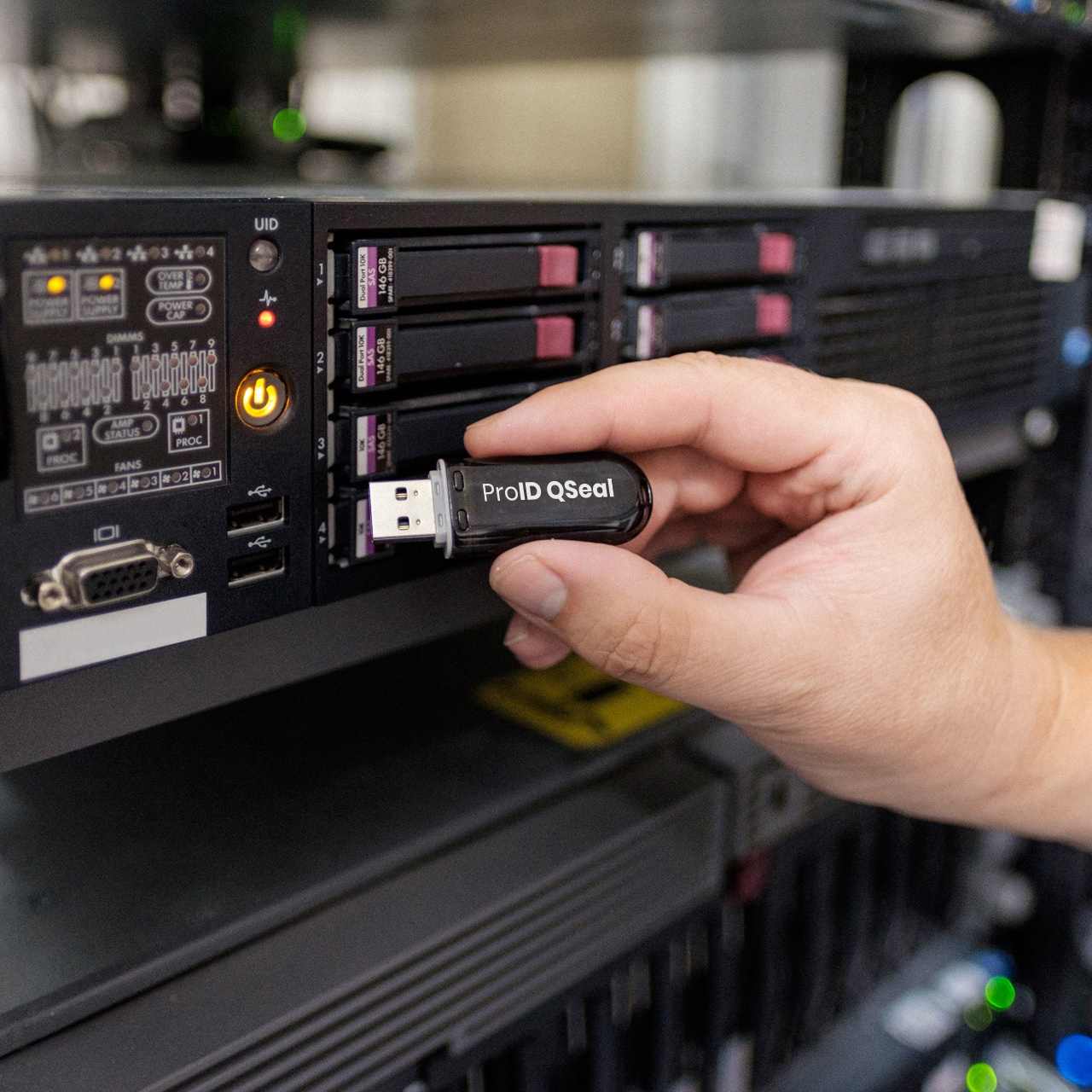E-Sign & E-Seal
Electronic seal according to eIDAS – how and what to seal?
Qualified tools according to eIDAS 1 and eIDAS 2

Electronic sealing of documents is nothing new in the legal system, the obligation to attach an electronic seal to electronic documents has been required by the European standard eIDAS since 2014. However, many organisations are still struggling with the question of how and what exactly to seal. This article will help you find a solution.
The legislation stipulates that an organisation is obliged to attach a qualified electronic seal to a document in electronic form when performing its activities. It literally says:
“Unless another legal regulation provides for a signature as a requisite of a legal act contained in a document or this requisite does not result from the nature of the legal act, the public signatory and another legal person, when acting in the exercise of his/her powers, shall seal the document in electronic form with a qualified electronic seal.”
The problem is that most entities a) don’t know exactly what to seal and b) don’t know with what.
What is an electronic seal and what is it for?
Basically, it is a kind of electronic “stamp” of an organization. But beware, it does not replace it in any way! Technically, it is data in electronic form (seal) attached to other data (documents) in electronic form in order to guarantee their authenticity and immutability. It serves as proof that a document has been issued by a legal person and provides assurance of its origin. It is therefore not issued to specific people but to organisations and is used to complement the electronic signature. In some cases it can also be used on its own, without a signature (see below).
Why electronic seal?
The reason is clear – the general digitisation of all documents and their circulation. And also the desire to simplify and automate processes. For example, if a hospital digitises all medical reports (and there may be thousands of them), how will it prove their authenticity and immutability? It cannot check and electronically sign each document separately. The electronic seal solves this problem.
While an electronic signature is taken as an unambiguous expression of the will of a specific person (I, the official, have decided something), an electronic seal is a guarantee of the origin and immutability of a document (we, the authority, have created a document on a specific day).
Types of approved electronic seals
The legal order recognises a total of 4 types of electronic seals (plain, guaranteed, guaranteed with certificate and qualified), but only the qualified seal is compulsorily recognised throughout the EU and guarantees the authenticity of the document. The aim is therefore to always use a qualified electronic seal.
When to use an electronic seal?
The electronic seal should be used in cases where the legal act does not provide for an electronic signature as a requirement of the legal act. This situation concerns mainly specific methods of document processing. Typically, automated or bulk processing of a large number of files.
Electronic sealing refers mainly to bulk and automated operations with documents. However, any electronic document that does not bear an electronic signature should be sealed.
Digital seal ProID QSeal
Qualified seal in a USB token with fast installation and performance of up to 1700 seals per hour.

What specific documents can be electronically sealed?
This is a crucial question – not everyone is clear on this. An electronic seal can be attached to any document that bears an electronic signature. Here is a list of the most common situations where an electronic seal can be used separately instead of a signature:
Acknowledgement of receipt of a document – every authority is obliged to acknowledge receipt of a document sent. However, this acknowledgement is often sent automatically by the system. Therefore, it must be stamped with a qualified electronic seal.
Authorised document conversion – this is the complete conversion of a document from paper to electronic form (or vice versa). Typically the digitisation of large archives. Here, the electronic seal replaces the signature and thus enables bulk processing.
File service transaction logs – these are records of activity in an electronic file service system. It contains all information about changes to individual documents and is stored automatically. In doing so, it must always be stamped with an electronic seal (or electronic signature).
Delivery of the document to the employer by the employee – in addition to the electronic signature, the option of sealing with a recognised electronic seal is also allowed to confirm receipt of the delivered document by the employer.
Special use of seals – anonymisation of decisions
There is another special area in which seals are finding increasing use – the anonymisation of decisions, such as fines. In other words, when a fine is issued, the electronic document does not mention a specific official, but only the seal of the authority.
What documents should not be electronically sealed?
Due to technology (the seal is essentially a code), some documents cannot be sealed without degrading their usability. This means in particular various payment orders, etc. It is also not necessary to seal automated communications between information systems.
Technical solution for a qualified electronic seal
It is clear that the correct use of electronic seals is not only a legal but also a technical issue. The law allows several different ways of electronic sealing, but a qualified electronic seal can only be created by a certified means using a qualified certificate issued by an accredited certification authority. The law recognises three technical solutions:
Remote sealing (the document is sent to be sealed by a third party system)
Sealing by a special HSM module (own sealing server within the organisation)
Chip card or USB token sealing (the seal is stored inside a chip card or USB token that is simply connected to a computer or server)
After years of the law being in force, smart card and USB token technology seems to be the best way for bulk or batch sealing. It is very easy to install and operate, has low acquisition costs and can be easily integrated into other systems and services.
Qualified electronic seal
ProID QSeal
The ideal solution for easy bulk chip sealing directly on your server – up to 1700 seals per hour, easy to install, eIDAS compliant.
